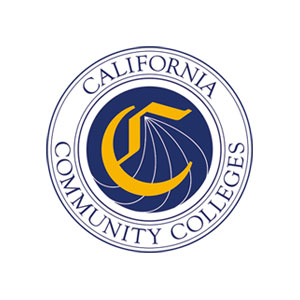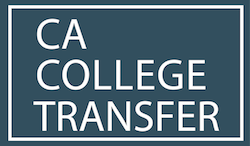Ensuring Community College Success
 I recently came across an interesting article about U.S. college graduations (Bad Preparation Puts Community College Students at Risk). The study, conducted by Stanford University, showed troubling trends, noting the abysmal graduation rates of American college students attending non-selective four-year colleges. The numbers were even lower in terms of community colleges.
I recently came across an interesting article about U.S. college graduations (Bad Preparation Puts Community College Students at Risk). The study, conducted by Stanford University, showed troubling trends, noting the abysmal graduation rates of American college students attending non-selective four-year colleges. The numbers were even lower in terms of community colleges.
Singled out were high school students transferring to a community college who were not prepared in high school for the rigors of community college.
The biggest hurdle when crossing over to a California community college (with a plan to transfer) is the lack of clear direction. The UCs, attempting to improve this outcome, recently created the Transfer Pathways and are planning to add more advisor training. But it’s still a tough row to hoe.
Here are my tips to get off to a successful start:
1. Prepare for the two placement tests
Yes, there are two placement tests: an English test and a math test. You can take them twice over an extended period of time if you don’t do well the first time around. These exams will place you at a certain level in English and math. It is not unusual that you might get placed into a remedial math, such as intermediate algebra, or a remedial English to brush up your skills. Remedial means below college level. Remedial courses do not transfer to a UC, so just take these courses P/NP, so you can move into the required quantitative math or English after that.
2. Try to determine your major as soon as you can
If you can’t totally narrow it down, at least get to the general subject area. This will help guide you to the classes to start taking. Check out the Transfer Pathways noted above to get a start.
3. Start taking some general education courses
These are the foundation courses that every CSU or UC expects you to complete. Unless you are set on a heavy-duty STEM major (engineering or biology, especially) work off of your community college’s IGETC list. IGETC is the UC general ed path that transfers to every single UC. It’s the easiest way to get all your GE courses completed for every UC in one fell swoop. You can find the courses that fulfill IGETC in your college catalog, or ask an advisor. You may take IGETC courses P/NP as long as the total UC-transferable courses taken P/NP do not exceed 14 semester units. (You may read the IGETC rules at the link above.)
4. Next, you need to complete the required courses for your major
The major requirements are more important than the general ed path, although to be your best you should try and get both completed.
Here’s how you find the requirements for your major:
Go to assist.org, plug in your CCC and your chosen UC. Then pick the major. The page will show you the courses you need for your major. On the left are the UC’s courses. On the right are the CCC courses that match. Some courses might say not articulated. That means there is no match. So, for now, don’t worry about that.
- Some requirements say required, others say recommended. If the course says required and it’s offered at your CCC, you MUST complete it.
- All courses listed for the major on assist must be taken for a letter grade (a C or better).
- You then need to look up the major for every UC to which you want to apply on assist and check the major requirements. All must be fulfilled as per the Assist instructions.
5. Lastly, set-up a tentative course schedule for your four-semesters at the CCC
This is critical because you need to determine how to get the courses completed in a timely manner, especially if some courses have pre-reqs that need to be taken in a certain order. There will be flexibility, but you need a breadcrumb path.
This is the start-off point to making a successful transfer. Yes, there will be more to do, unfortunately, and other hiccups along the way, But the above gets you started without wasting time with unnecessary classes. It’s not as daunting as it looks.
As always, if you need assistance with any of this, send me an email.


Comments (0)